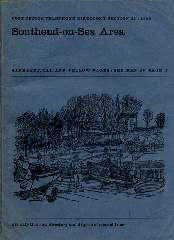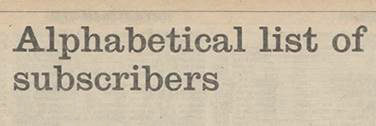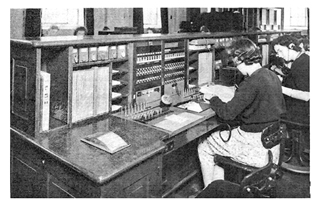 |
In the late Sixties, telephone directories were still produced by the Post Office and were a combined book of at least two sections within a single binding. |
A brief history...
A typical telephone directory produced during the 1960s was a comparatively slim (approx. A4) volume which contained:-
|
 |
The 'Alphabetical list of subscribers' contained all listed telephone numbers at the time the directory was compiled. Some directories even included a 'Stop Press' section of late entries... |
 |
Classified entries were once a section within the telephone directory until advertising in the 'Yellow Pages' became an essential requirement of any business. |
The Phone Book
 |
'The Phone Book' 2004/05 from BT was divided into 3 main sections: |
AVR
"In 1989, Automatic Voice Response (AVR) was introduced into the directory enquiries service to give a faster response to callers. The voice of actress Julie Berry was digitally recorded speaking all British Telecom's 6,000 exchange names, plus the full set of numbers and number combinations. When a number requested by a caller was found by the operator, the AVR equipment assembled a number message from its store of exchange names and numbers recorded by Julie Berry and gave a recorded message to the caller allowing the operator to speak to the next caller."
Directory Assistance, Number Assistance and other more catchy phrases were later used as the market evolved, ultimately becoming 118 XXX in August 2003.
118500
 |
The first new directory enquiries services were launched at 00.01 on the morning of Tuesday 10th December 2002. This included BT's 118500... |
All logos and trade marks are the property of their respective owners and are used on the Light Straw site(s) for review only. Students and researchers are recommended to make their own independent enquiries as to the accuracy of the information contained therein.
